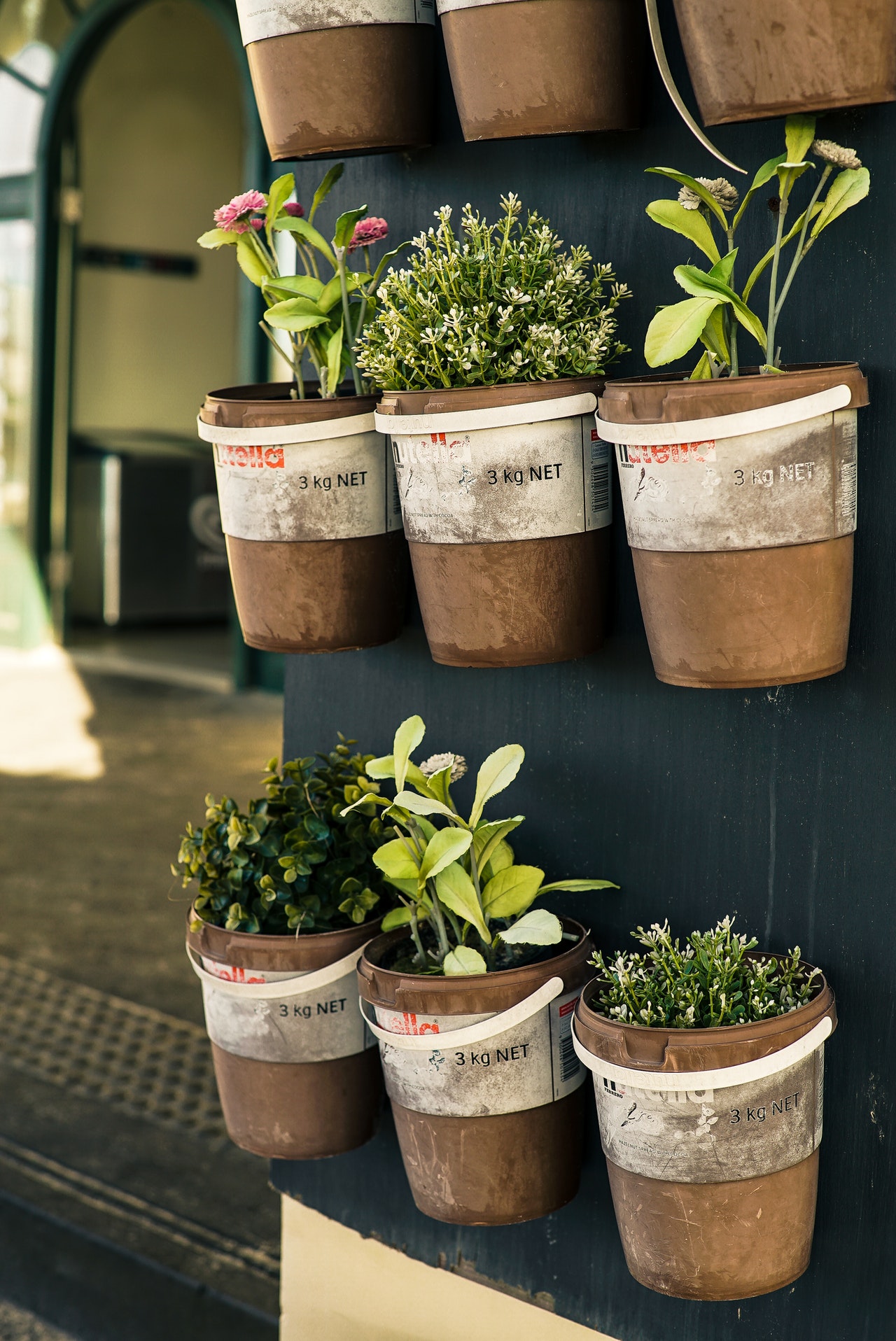Landlord Blog
Education and news for smart DIY landlords!
How to Grow a Container Garden at Your Rental Home

Living in a rental home can sometimes cause one to feel disconnected with nature’s beauty and embrace.
It can be due to the strict and limited gardening privileges imposed by your landlord. Or it can be because you only have little yard space or none at all.
Whatever the reason is, container gardening helps you in dealing with that problem.
Here’s everything you need to know about container gardening and tips on how to plant whatever your green thumb desires.
What is Container Gardening?
Compared to the standard gardening we all know such as landscaping and ground digging, container gardening is exclusively for planting on pots. No rental property modification will be involved.
Why Start a Container Garden? Why Are They Ideal for You As a Renter?
Container gardening serves many purposes. You can start a garden for decoration, climate control, or for food sustenance.
As a renter, landlords are usually very strict when it comes to their property’s landscaping and soil conditions. This restricts your freedom to live in your ideal green environment. Because of the container gardening’s nature and methods, you won’t break any of the agreements from your lease with your landlord.
This gardening style is also very ideal for rental properties with very little to no yard areas. If you live in an apartment complex, no problem, you can set up a container on your balcony or in your indoor space.
Related: 10 Best Indoor Plants for Apartment Dwellers
Apartment-Friendly Tips to Grow a Container Garden
1. Use larger pots for outdoor plants and vegetables
Larger pots have bigger soil space that’s ideal for nourishing your vegetables. They also require less watering as larger pots retain more moisture throughout the day. This gives you the freedom of watering the plants less often.
2. Use smaller to medium pots for indoor plants and creepers

Indoor plants only require little soil space for their roots. For flowers and creeper plants, a little soil volume would prevent overgrowth. If you intend to place your creepers and flowers outside for sunlight, keep the soil moist by watering them twice a day since small to medium pots aren’t good at retaining moisture.
3. Drill holes in your pots
Drainage holes are essential for your plants. Without them, the soil will be waterlogged and the plants have a high chance of dying. If the pot you buy has no hole, drill some into them. The holes don’t need to be large, but they have to be plenty enough for excess water to drain out.
4. Use concrete pots for low maintenance
Concrete pots are heavy yet are very durable to weather changes, so you can leave them outside all year.
5. Use clay pots for decorative effects and indoors
Clay pots crack and break with sudden temperature changes, particularly in cold areas. Yet, they are attractive to look at. It is highly suggested to use clay pots for flowers and indoors. They are also light, varying in sizes, and easy to move, which makes them ideal for repositioning shrubs and succulents.
6. Use plastic pots for plants with sensitive roots
Plastic pots are good insulators for sudden temperature changes, making your plants survive in both indoors and outdoors environments throughout the year. They are the lightest family of pot material but become brittle with age and cold.
7. Pick areas where sunlight exposure is balanced

If you want to water all your plants once a day, pick an area where your plants receive both the morning sunlight and afternoon shade. This exposure balance helps in retaining soil moisture regardless of the pot’s material type and size.
8. Place a layer of filter on the bottom of the pot
Placing a filter on the bottom of the pot before putting the soil in helps in keeping your area clean as excess water drains out. You can use a layer of paper towel, cardboard, or newspaper. These filters have nitrogen and carbon mixes with the soil, making the plant environment healthy for growth.
Container gardening is the best for renters like you in all environments. It makes your living place healthy and beautiful by providing clean air, food sustenance, and decoration without breaking any rules.
Related: 8 Easy Ways to Boost the Curb Appeal of Your Rental Property
If you’re ready, make Landlord Prep your go-to resource for landlording education. Here, we offer a complete DIY landlording course to get you on the right track. Join our academy today. If you want, you can check out Flavia’s real estate investing webinar first!
